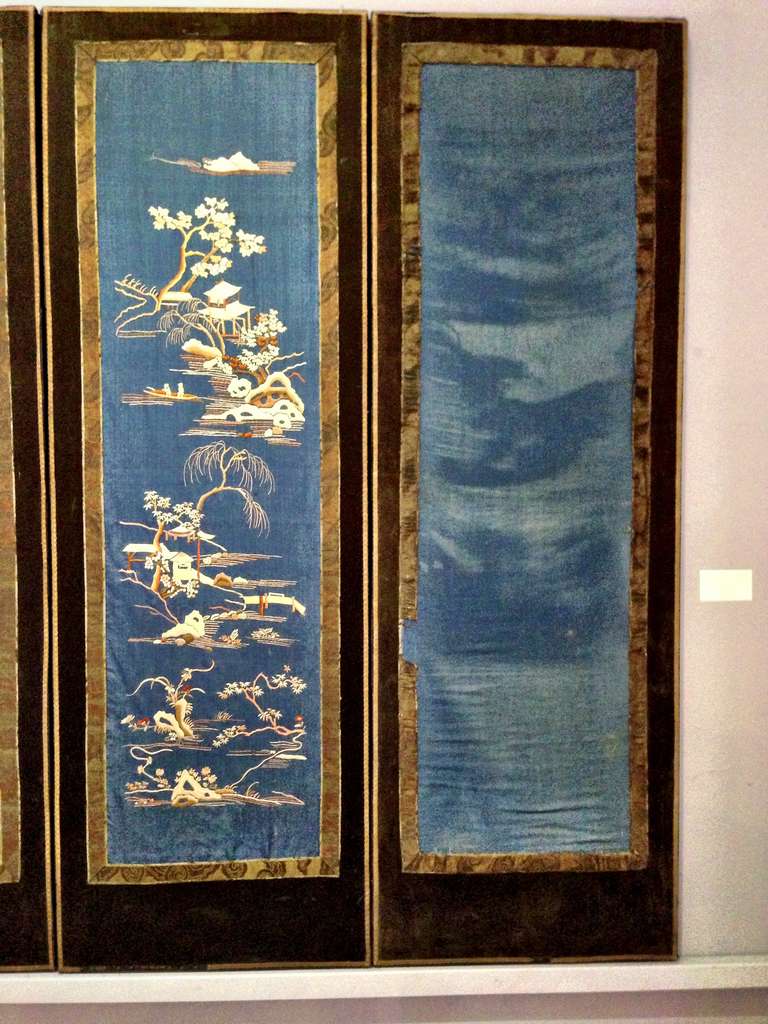

In 1938 in New York a group of artists began experimenting with screenprinting as an artistic medium onto paper. In the early part of the 20th century squeegees were introduced as a way of pulling ink through the screen mesh. It was here that the practice of stretching silk over a frame to support stencils was initiated but it is now known by whom. Stiff brushes were still being used as a way to push ink through the mesh. In the 17th century silk screens were being used in France as a way of printing onto fabric.

Stiff brushes were used to force ink through the mesh onto the fabric. At this time stencils were cut out of paper and the mesh was woven from human hair. Screen printing first appeared in a recognizable form in China during the. Screenprinting originated in China (around AD 221) as a way of transferring designs onto fabrics.įollowing this the Japanese began using simple stenciling techniques as a way to create imagery. Screen printing is a printing technique where a mesh is used to transfer ink (or dye) onto a. It offers a fresh view of art in China in the post-Mao era.Home » Printmaking » Screenprinting » A brief history of screenprinting Featuring works in a variety of printmaking techniques, the exhibition displays stylistic and thematic influences from both China and abroad. Artistic responses are often socially critical, if not overtly political.”Ĭontemporary Chinese art is best known internationally for large-scale sculpture and installations, performances, and oil painting but printmaking, invented in the 7 th century, remains a vibrant art form in China. Warhols foundation said the Prince silkscreen fell under the fair use doctrine, which permits reproduction of material in some cases. “These works highlight how in the aftermath of remarkable change, people related to themselves and each other. “Printmakers responded in a variety of ways to changes in the urban and social fabric, conveying a sense of brilliant progress as well as what has been tossed aside in order to achieve it,” said Dr Stephen Whiteman, a Lecturer in Asian Art at the University who co-curated the exhibition with PhD candidates Minerva Inwald and Bingqing Wei. Screen printing is a printing technique where a mesh is used to transfer ink (or dye) onto a substrate, except in areas made impermeable to the ink by a blocking stencil. It features famous artists including Hong Hao, Su Xinping, and Chen Haiyan, as well as a number of established printmakers not well known outside China.

Among the show’s major themes are changing gender roles, urbanisation, and depictions of rural life. Works are drawn from the University Art Collection, which holds one of the most significant collections of post-Mao Chinese prints outside of China.įocusing primarily on works from the 1980s and 1990s Floating Time explores themes around the extraordinary social and cultural transformations brought about by Deng Xiaoping’s economic reforms.
#CHINESE SILKSCREEN SERIES#
Li Yitai's Lu Xun, 1974, Woodcut on paper. Morrissey bequest.įloating Time: Chinese Prints, 1954-2002 is a series of prints produced while China was ruled by Chairman Mao Zedong and since Mao’s death.


 0 kommentar(er)
0 kommentar(er)
